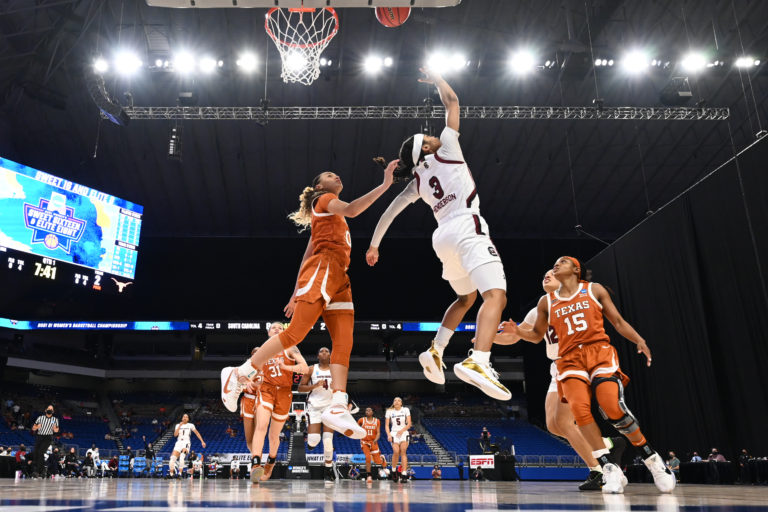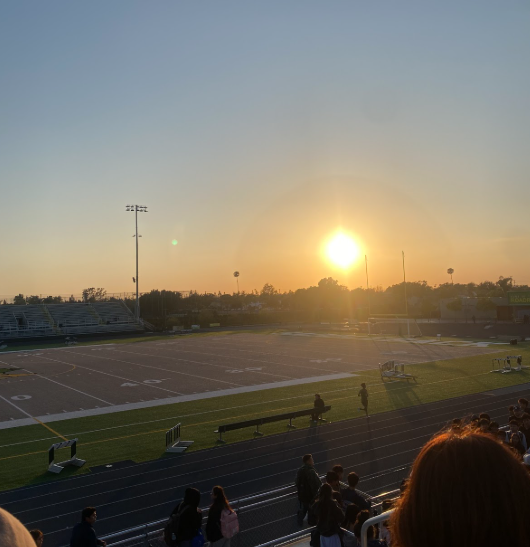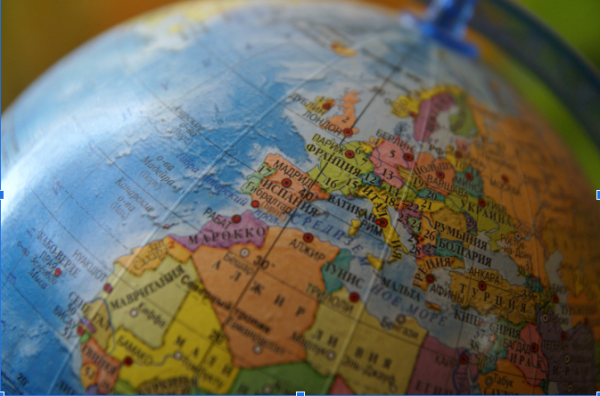Women vs. the world: why are women’s sports treated with such inequity?
SAN ANTONIO, TX – MARCH 30: Destanni Henderson #3 of the South Carolina Gamecocks shoots a reverse lay up against the Texas Longhorns during the first quarter in the Elite Eight round of the 2021 NCAA Womens Basketball Tournament at Alamodome on March 30, 2021 in San Antonio, Texas. (Photo by C. Morgan Engel/NCAA Photos via Getty Images)
Recently, the March Madness tournament has returned from its hiatus due to the COVID-19 pandemic. Men and women have returned to a controlled and cautious tournament. Still, the women, unfortunately, face great differences. . We see this often in women’s sports, where inequalities are a grand problem. From salaries to served lunch (which we’ve witnessed in the women’s march madness tournament), they do not get the rights they deserve. So, what is going on in women’s sports?
The women’s March Madness tournament may have ended on Sunday, but it does not hide the errors created by the NCAA in its returning days. Oregon player Sedona Prince posted on her TikTok account a major flaw of their tournament: the weight room. Their weight room only contained a set of dumbells, while the men’s contained a bench press set which can be used for pullups, squats, and other exercises. This received a grand amount of attention, with more than 11 million people viewing it and 3.2 million people liking it. According to USA Today, the NCAA stated that this incident occurred because they had “limited space.”
We all know that all athletes should be treated with equity, but what causes this unfairness in women’s sports? Sexism runs deep into sports. The world has been accustomed to believe in the stereotypical traits of women and men, such as women being viewed as “weak” and men not being able to cry or having to be strong. Jasmine Martinez, a student who is a part of the Girls Track and Field team, says, “We definitely didn’t face equality. We were always underestimated and seen as less than because we weren’t as fast as the boys”. Gwyneth Torreon, a part of the Girls Track and Field team, mentioned what she sees in the shared weight room at school. “The inequality usually comes around using the weight rooms. The guys are always “hogging” the weight rooms, not really giving way for girls to use the weights. It’s not that bad, but it gets inconvenient.”
The world knows how universal and impactful sports are. This is due to the media, which can spread all sports coverage and news to mainly every place on the planet. For example, the UEFA Champions League is based upon European soccer, which still finds its way into the United States. The NBA can spread its recent highlights and news within social media, making it easier for sports viewers to tune in. In almost every single sport social media account, their feed consists of only male sports. They will post a single post revolving around women’s sports now and then, but men’s sports dominate their posts. This is because women’s sports aren’t really that popular. “The media plays a big part in popularizing women’s sports,” says Gwyneth. “The WNBA, for example, gets a lack of attention and therefore lower ratings, less pay, etc., when they play and train just as intensely. If they were big on media, they would definitely get up there.” The media never gives women’s sports a chance. We saw a rise in posts of women’s sports when March Madness hit the corner and was even met with more positive comments from the account’s followers. After it was finished, followers never really saw posts about women’s sports. Along with the discussion of popularity, Gwyneth said, “Women get lower viewership because historically the NBA has been the more popularized side of the sport, and a lot of people don’t see the hype in women’s basketball. It’s regrettable because they practiced and worked so hard at the level they do, even with less viewership, merchandise, etc.”
During the celebration of the US women’s national soccer team winning their fourth World Cup, millions had realized the profit they had received. According to The Washington Post, the men’s national soccer team earned $3,000 more in a World Cup qualifying game than what the women’s national team would earn in a loss. The total purse for the men’s World Cup (2018) was $400 million, with the winning prize being $38 million. How much was the women’s? The total purse in the 2019 women’s World Cup was $30 million, while the winning prize was $4 million. It’s important to realize that the World Cup gives its money. FIFA gives its awards and profits to the team’s federation, which then is given to the players. According to Meg Kelley from The Washington Post, the women’s team creates more revenue than the men’s but are being paid less. A collective bargaining agreement has resolved this problem, but FIFA’s World Cup still has theirs.
The fight for equality in sports has resulted in improvement. As mentioned before, the women’s national team has resolved their problem with their international match revenues, and the women’s college & WNBA players have received more respect. Jasmine says, “I believe it’s slowly gotten better, but it’s not good enough yet. We must work to break these barriers.” In comparison to the past, women have received more opportunities than before. “Wherever we find a men’s team, there’s usually a women’s team as well, but still have not reached the level of recognition and respect that men have received because they’re still “new to the game,” says Gwyneth. “I think the solution is just equity…For so long, men’s sports have received their flowers (money, support, recognition), but now I think it’s time for society to fix the imbalance of that through social media and other forms of promotion. Jasmine believes that they have to have a louder voice. “We have to make noise and let big corporations know this new generation won’t stand for gender inequality anywhere.”
What “haters” don’t seem to understand is that women who play sports work as hard as men do. In reality, sports are a mental game, not a physical. All women who already have to deal with the amount of hate they receive for just playing the sport they love are even stronger mentally than most others. Women in sports do not get the praise they deserve, and it’s time they do.
Your donation will support the student journalists of Anaheim High School. Your contribution will allow us to purchase equipment and cover our annual website hosting costs.









